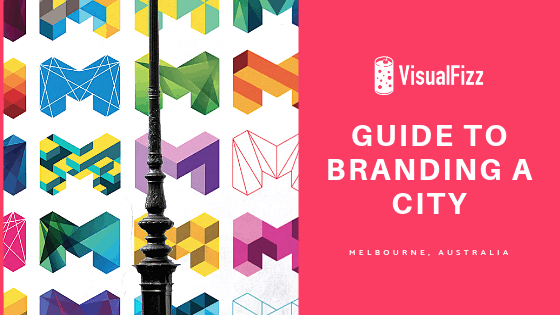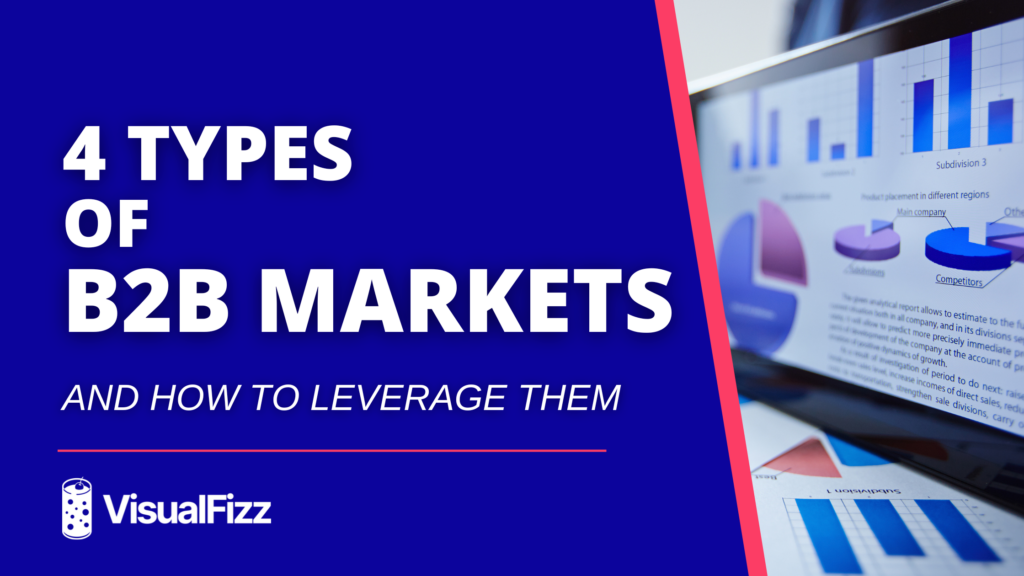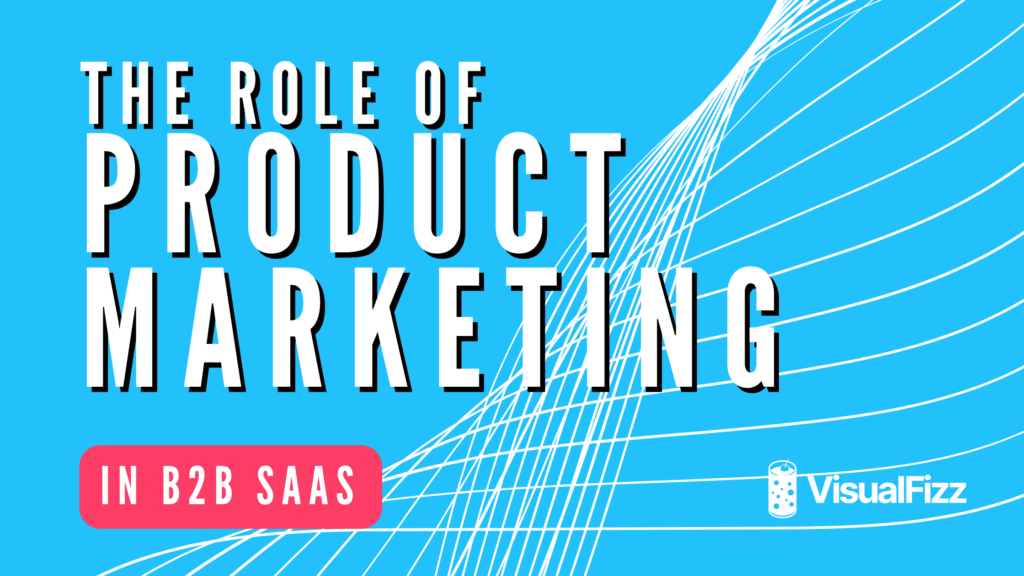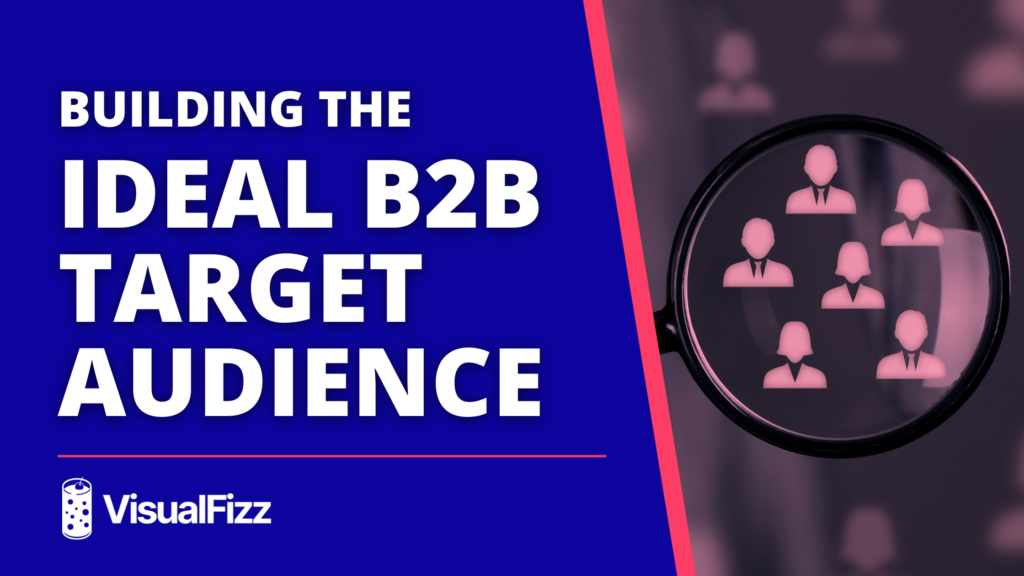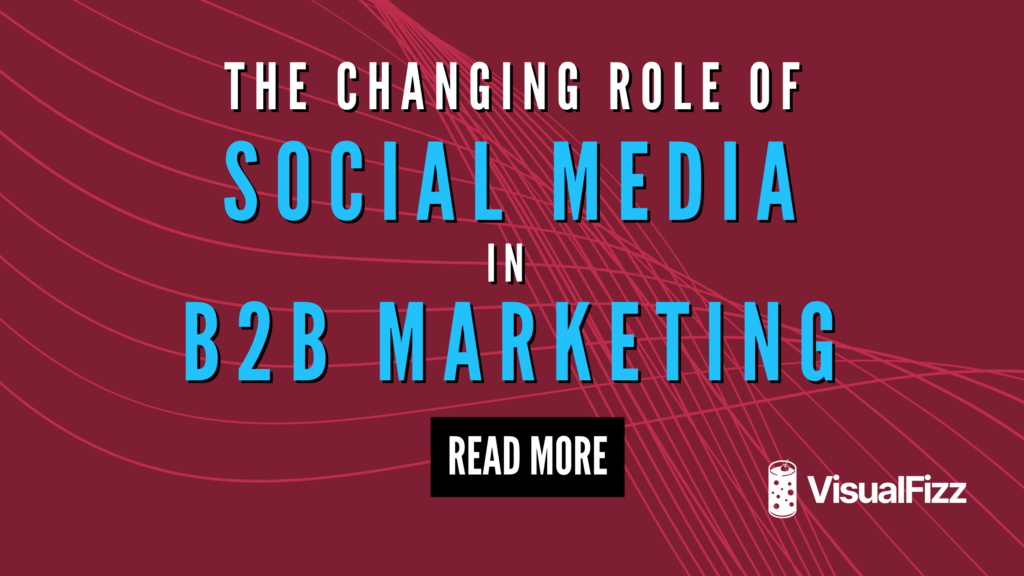
In business-to-business (B2B) marketing, there’s an age-old truth that marketers often overlook: People prefer to buy from people, not faceless brands.
It’s a simple concept, yet it’s changing the way we approach B2B marketing in the digital age. Corporate logos and polished brochures aren’t enough to seal the deal anymore.
Today, B2B social media marketing is shaking things up, changing how businesses connect and sell to each other. With platforms like LinkedIn leading the charge, companies are finding new ways to reach decision-makers and build relationships that lead to sales.
Social Media’s Impact on B2B Sales
Today’s B2B buyers are increasingly turning to social media platforms to research and evaluate potential suppliers.
Recent studies like the Gartner B2B Buying Journey Report suggest that up to 27% of a B2B buyer’s total buying time is now spent researching independently online. This shift in behavior has made a company’s online presence and content marketing efforts more critical than ever before.
With Millennials and Gen Z now making up a significant portion of B2B decision-makers, social media has become an essential tool for influencing purchasing decisions.
Social media platforms offer an opportunity to:
- Showcase products and services
- Share industry insights
- Engage with potential clients
Year after year, B2B marketers keep coming back to LinkedIn as their top-value platform, and for good reason!
According to research from the Content Marketing Institute, a solid 85% of B2B marketers say LinkedIn brings the best value for their organization, far outshining other platforms. Facebook trails behind at 28%, with YouTube at 22%, and Instagram at 21%.
Social media gives you the power to create engaging, meaningful experiences that guide buyers every step of the way. By sharing valuable insights and connecting personally, you can meet clients right where they are in their decision-making process, helping them make informed choices with ease.
Shift from Traditional Sales Methods
With social media taking the lead in B2B sales, traditional methods like cold calling and door-to-door outreach are rapidly becoming a thing of the past.
This shift is reshaping the entire sales cycle.
Social media offers an unmatched advantage when it comes to gathering data, something that traditional methods simply can’t replicate. Each interaction on social media is quantified, creating a wealth of data that allows you to directly understand your customers’ preferences and behaviors.
This data provides a clear, scalable foundation for targeted, personalized marketing efforts. If you want to stay competitive, you need high-quality data.
Embracing this shift toward data-driven marketing puts you in an ideal position to succeed as the industry evolves—because technology will only become more integral to marketing in the years to come.
The Best Social Platforms for B2B Marketing and How to Use Them
The right social media platform for your business really depends on your industry, the type of work you do, and who you serve. The key is to connect with your audience on platforms they already spend time on. To help you get started, we’ll share a few top social platforms for B2B marketing along with insights to guide your choice.
LinkedIn – Best Overall
LinkedIn’s professional environment is unmatched when it comes to B2B connections. With over 1 billion professionals, it’s more than just a job board—it’s where industry leaders share insights, connect, and do business.
For B2B marketers, this is where to showcase expertise and engage with potential clients and partners. LinkedIn’s targeting options allow you to zero in on decision-makers by industry, job title, and more, so your message reaches the right people.
Take advantage of LinkedIn’s publishing features, like articles and newsletters, to position your business as a thought leader. Articles can help with LinkedIn SEO and make your profile more discoverable to users outside your network.
Don’t underestimate the impact of regular updates, case studies, and testimonials that can build credibility and trust.
X (Formerly Known as Twitter) – Best for Real-Time Engagement and Industry Insights
Though LinkedIn is the B2B giant, X has created its own niche by enabling real-time interactions. For businesses looking to keep up with industry trends or engage audiences dynamically, X’s fast-paced nature is ideal.
The focus here isn’t so much on follower count as it is on the quality and immediacy of content. Engage in ongoing conversations, join trending discussions, or tweet out industry insights to establish your brand’s credibility.
TikTok* – Honorable Mention
While LinkedIn and Twitter lead in B2B, emerging platforms like TikTok are finding their place. TikTok, with its rapid growth and over 1.5 billion monthly active users, offers access to a younger demographic—ideal if you’re looking to reach early-stage decision-makers or future leaders.
TikTok’s video format enables you to share quick, insightful content about your industry, providing value in a digestible format. Think educational snippets, industry trends, or a “behind-the-scenes” look into your business.
*this may not be applicable to the US
Successful Strategies for B2B Social Media Marketing
To make the most of your social media networks, it’s crucial to develop strategies that resonate with your audience and showcase your expertise.
Here’s how you can boost your B2B social selling:
1. Create Valuable Content
The core of B2B social selling lies in producing content that truly speaks to your audience’s needs. Share insightful articles, case studies, and industry updates that provide value without simply promoting your services.
Go beyond generic advice by sharing personal experiences and real-world insights, making your content feel relatable and useful.
2. Build Thought Leadership
Establishing thought leadership helps elevate your brand’s credibility. Consistently share unique perspectives and engage in industry conversations.
Collaborate with industry influencers to broaden your reach, and don’t hesitate to take a stance on relevant topics—this distinguishes you from competitors and demonstrates expertise.
3. Amplify Reach with Employee Advocacy
Employee advocacy is a powerful way to expand your social reach. Encourage team members to share company content and engage with their networks, boosting authenticity and trust. This is especially important on LinkedIn.
4. Measure Social Media ROI
Evaluating your ROI ensures your social media strategies are effective. Start by tracking KPIs such as conversion rate, click-through rate (CTR), and return on ad spend (ROAS) to gauge success.
For accurate revenue attribution, use multi-touch or time-decay attribution models to see how each social effort contributes to conversions.
5. Embrace a Holistic (and Flexible) B2B Social Media Strategy
Social media is a fast-evolving space, with new platforms emerging regularly and existing ones constantly updating their algorithms.
Your social media strategy should be well-defined, but also flexible enough to adapt as these changes happen.
If you spot a new platform that aligns well with your brand, it’s wise to join early, before it gets crowded with users. Embrace this adaptability in your approach—it’ll keep your strategy fresh and aligned with the latest trends.
Contact VisualFizz to Get a Winning B2B Social Media Strategy
Ready to see your B2B social media work harder for your brand? Connect with VisualFizz to create a powerful, tailored strategy that attracts decision-makers, builds connections, and drives growth.
Our team knows how to make your brand stand out—let’s work together to turn your social media presence into a growth engine that brings you closer to your business goals. Reach out today, and let’s get started on a winning strategy!
Publishing Date:


